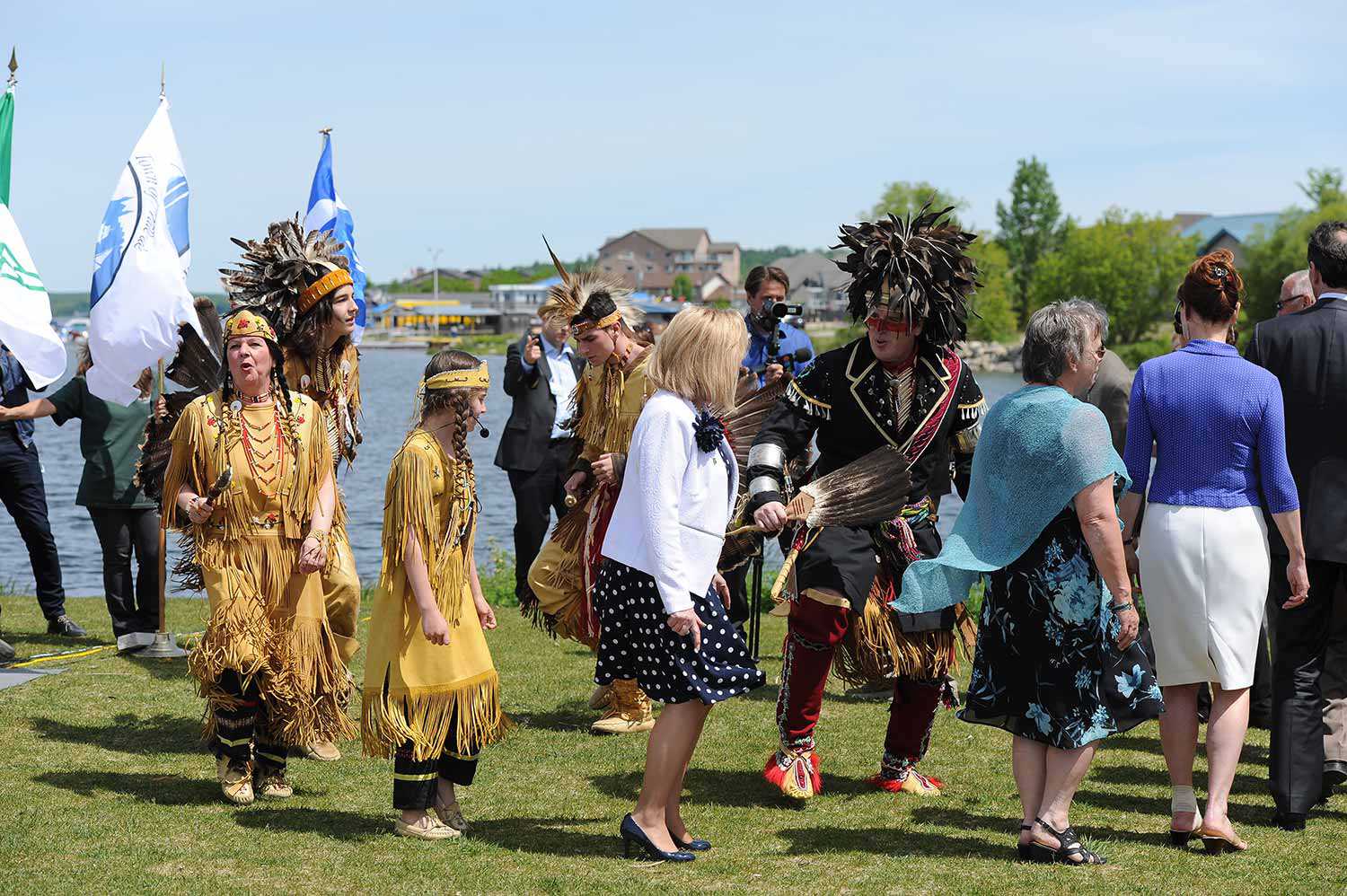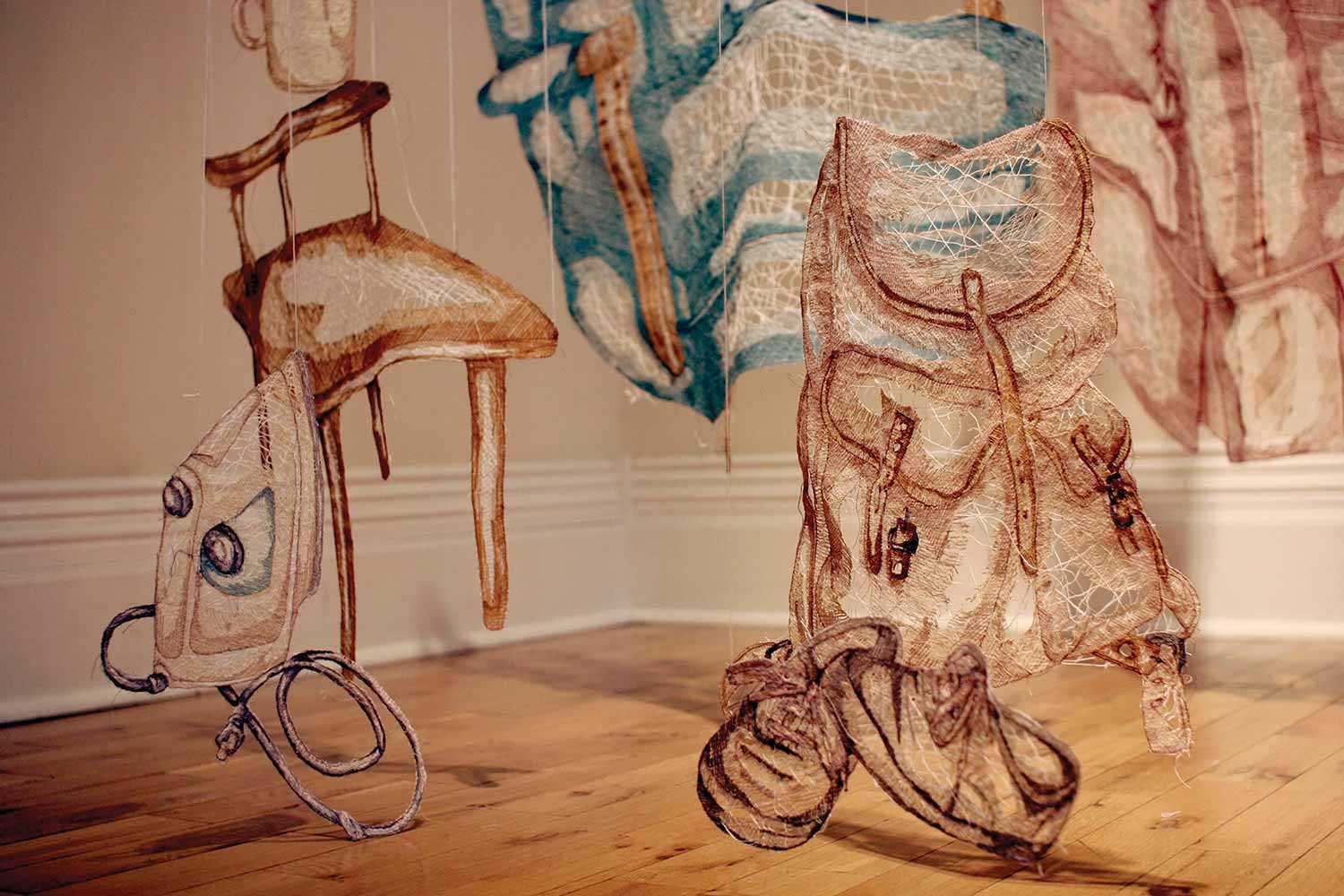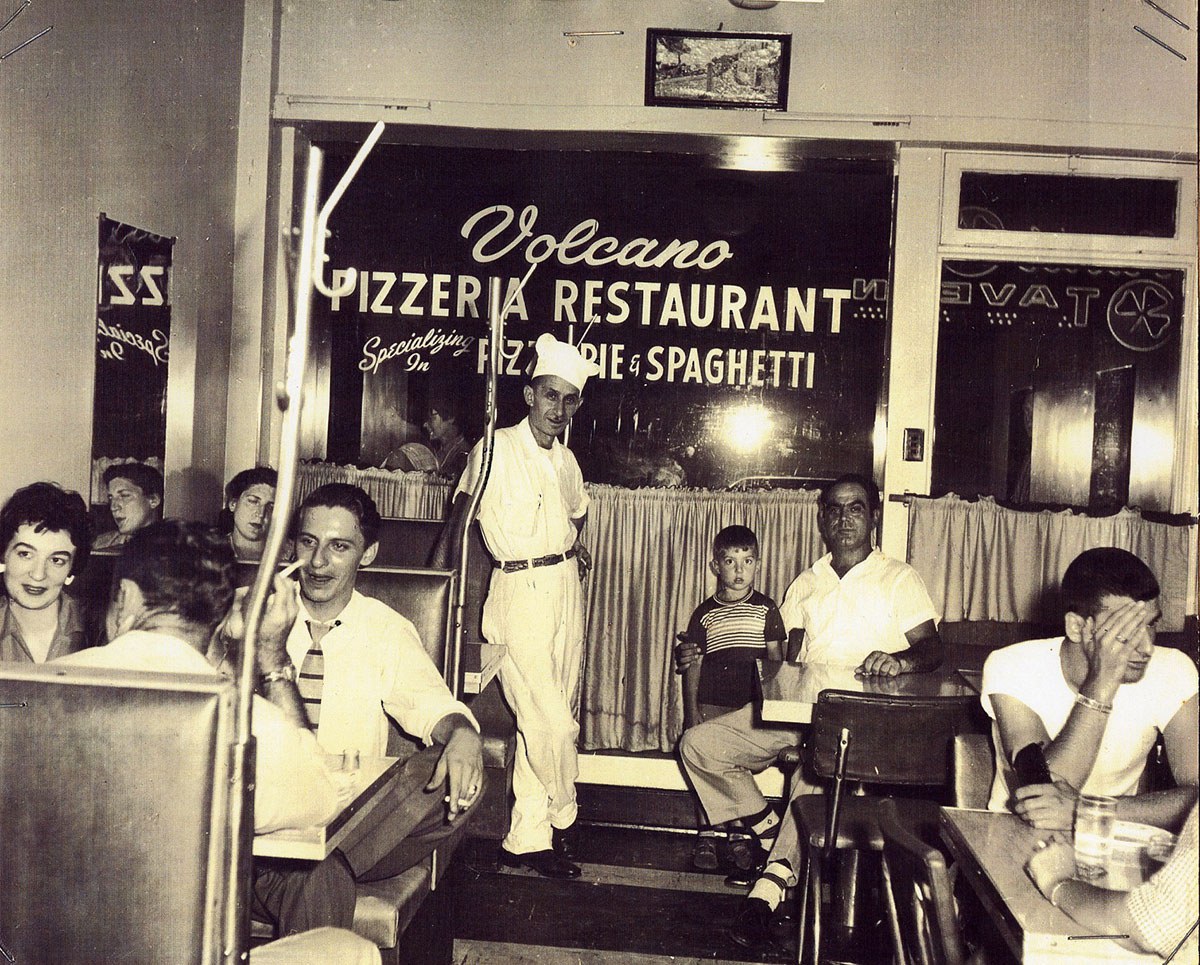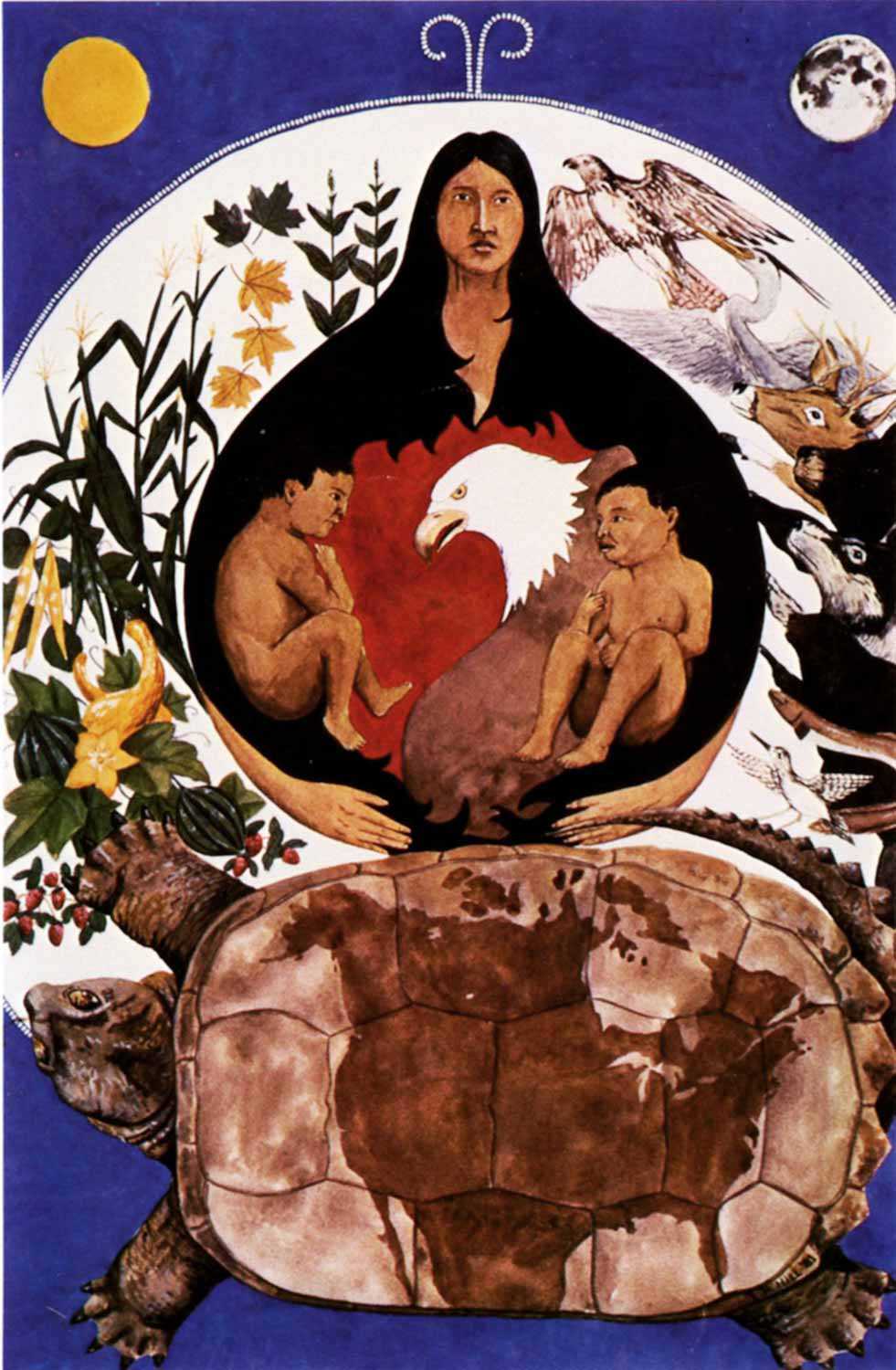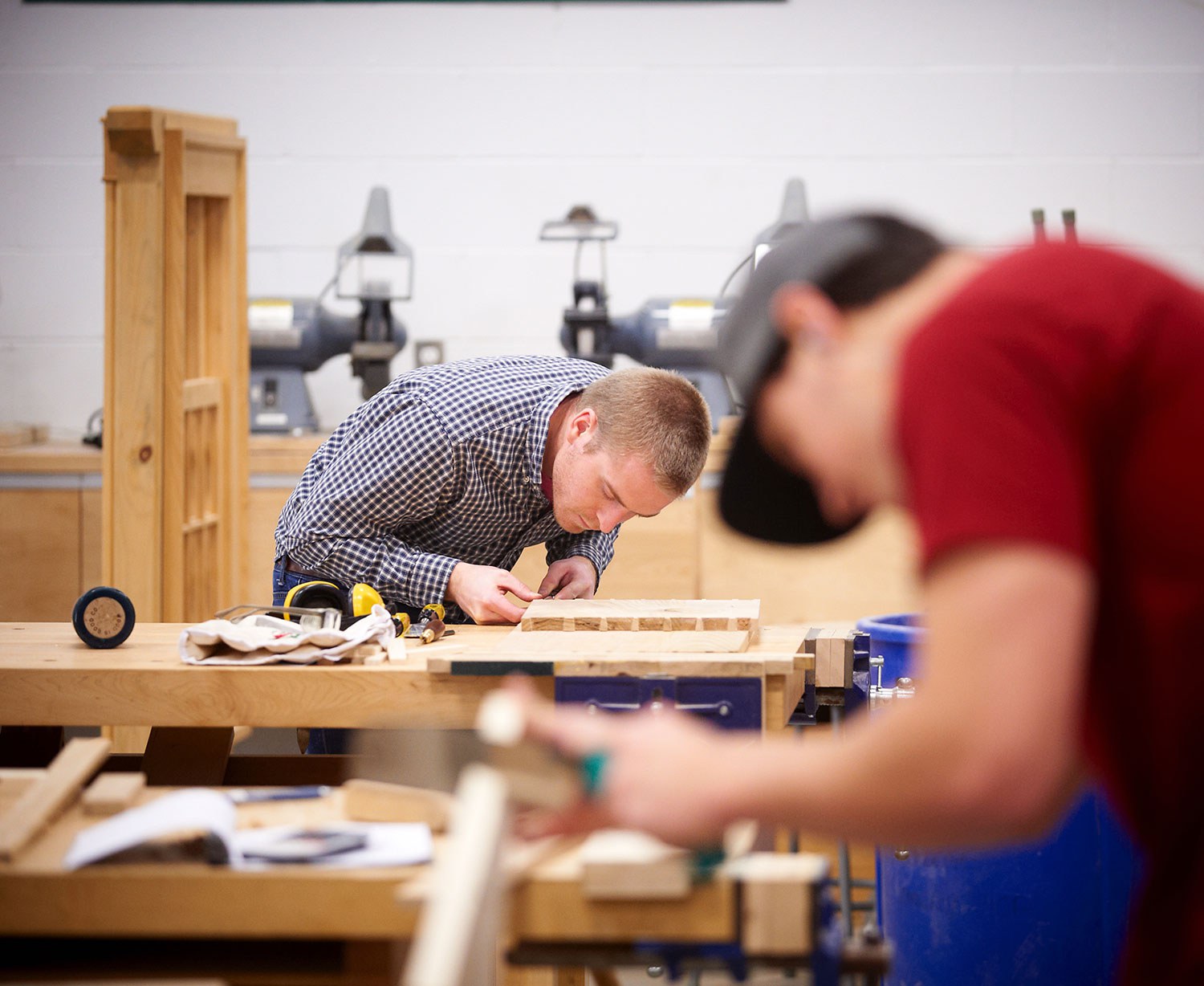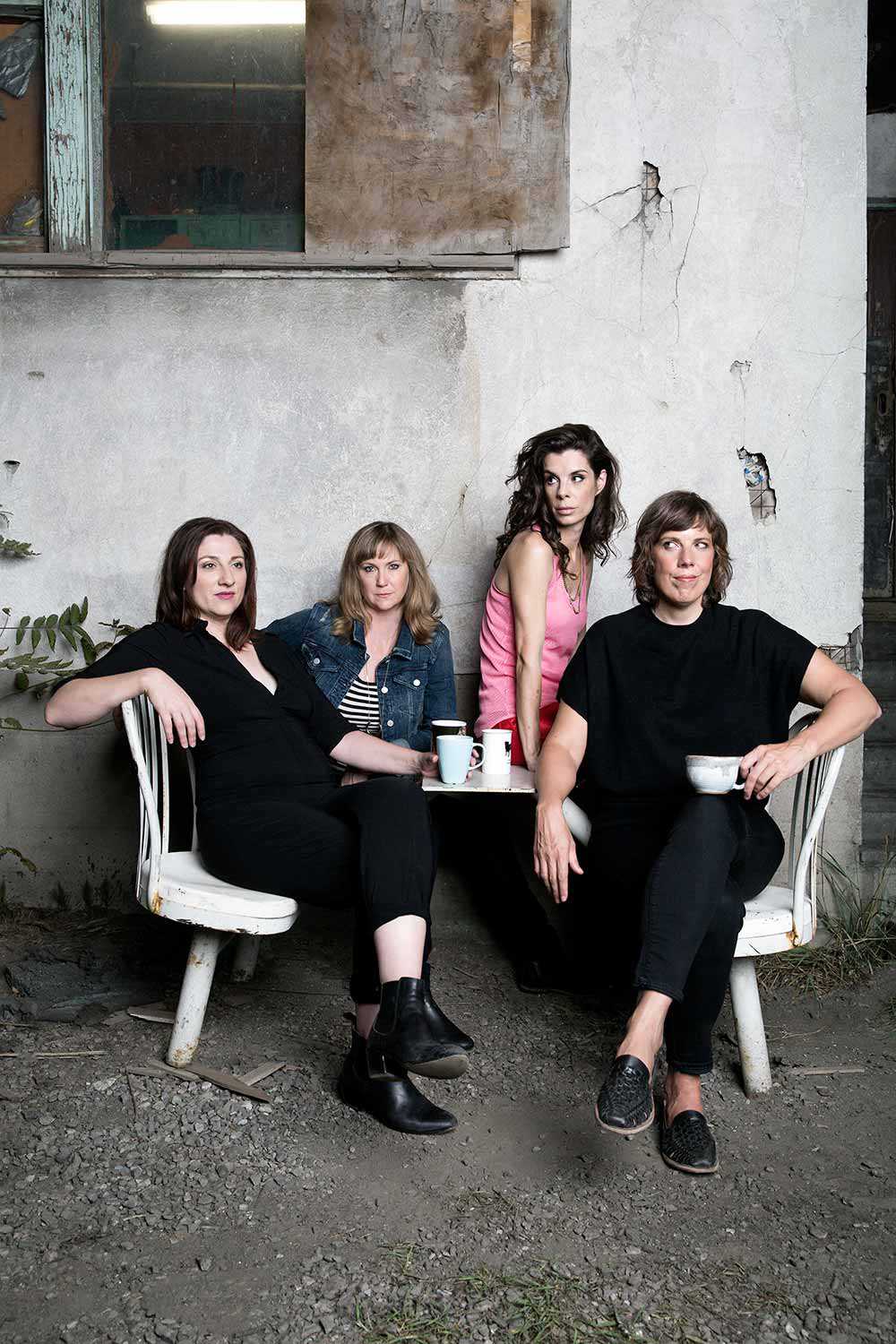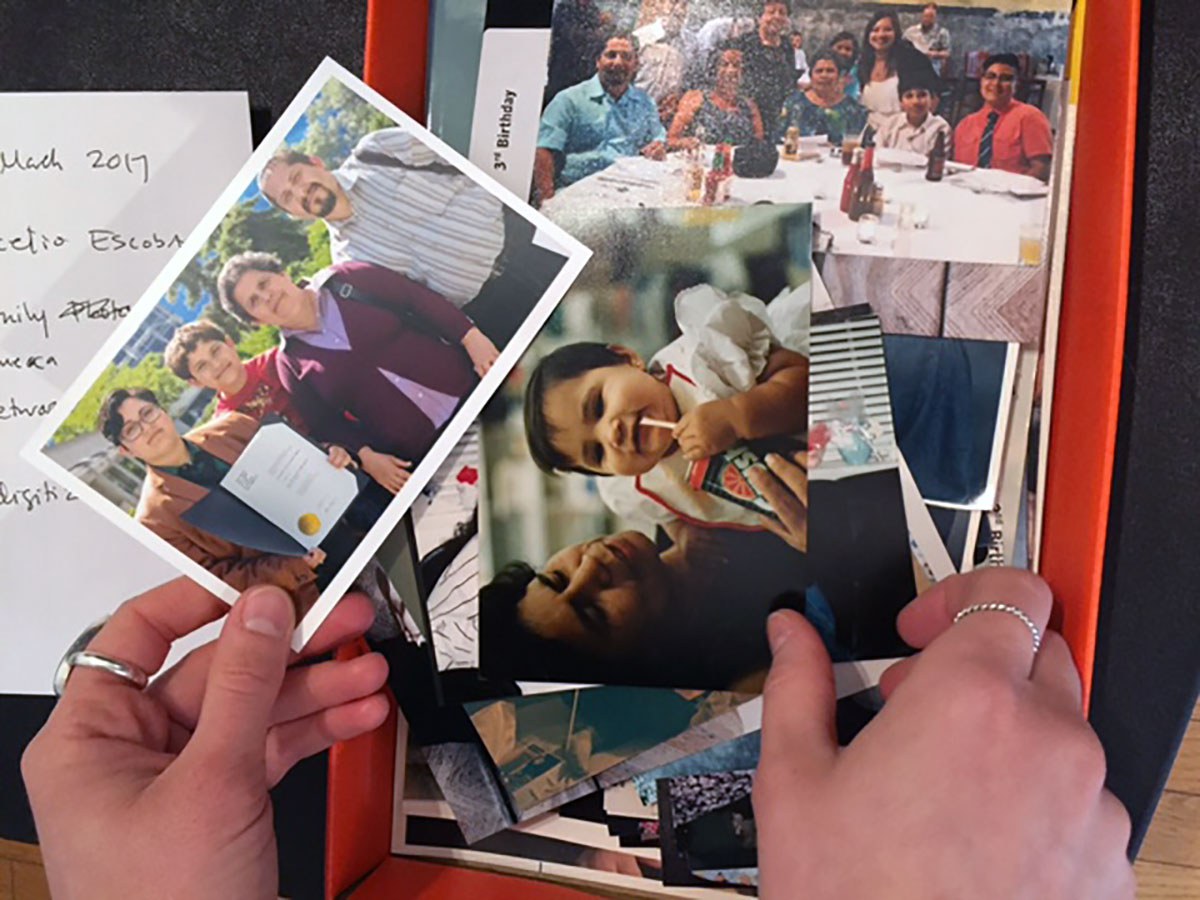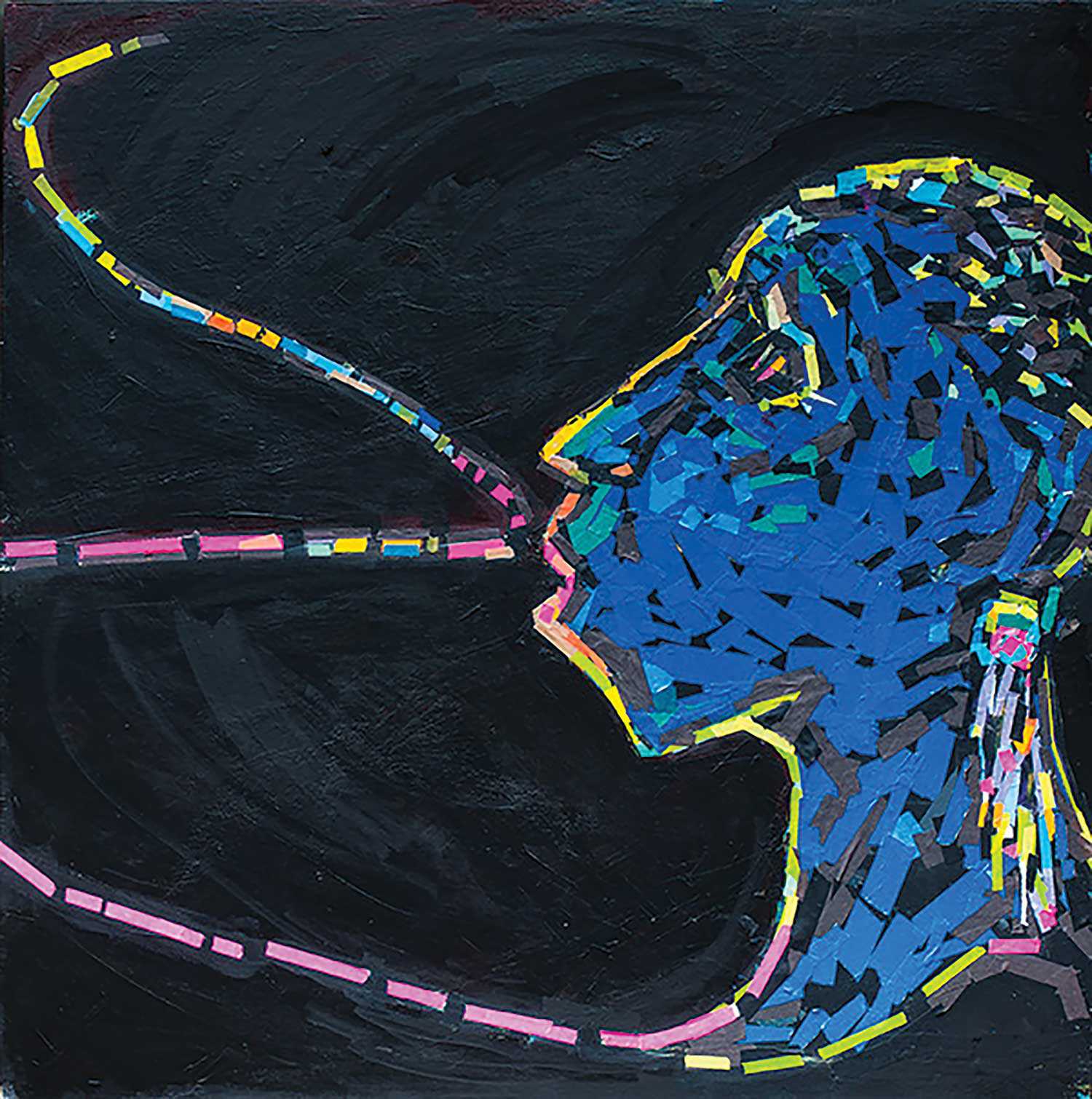

Browse by category
- Adaptive reuse
- Archaeology
- Arts and creativity
- Black heritage
- Buildings and architecture
- Communication
- Community
- Cultural landscapes
- Cultural objects
- Design
- Economics of heritage
- Environment
- Expanding the narrative
- Food
- Francophone heritage
- Indigenous heritage
- Intangible heritage
- Medical heritage
- Military heritage
- MyOntario
- Natural heritage
- Sport heritage
- Tools for conservation
- Women's heritage
Sculpting the past
My family and I lived on a farm in The Netherlands during the Second World War. My father was an inventor and blacksmith, and there was an abundance of material around his shop, including hand-forged agricultural objects from the 16th and 17th centuries. As a child, fascinated by metal shapes, I made toys for myself and my friends.
I learned to work with metal from my father. When I was very small and I’d be cranking the forge, my dad said to me: “If you like this, just watch me.” And I did. I watched every move he made.
In the early 1950s, my family moved to Canada, where we continued to farm. I was quickly drawn to the variety and quality of pioneer agriculture machinery and continued to make things. By the early 1960s, my found-metal objects were becoming recognized as sculptures that had cultural significance. Since then, I have made several thousand metal sculptures of various sizes and themes and had many exhibitions.
I wake up early and get to work. I take care of the chores then go into my workshop. Being raised on the farm, you had to get up early, you know: tend to the animals. You have to put in many hours. So, I never lost that touch from my childhood. I love those old rhythms. Things need to be maintained and looked after.
I have my brother’s anvil. It’s rare to have an anvil with a ring like it has. Sometimes when I come into the workshop and I don’t really feel like sculpting or know what to make, I strike the anvil. I hear that ring and it sets my tone. Next thing, I’m sculpting. Sometimes you have to play tricks on yourself.
I have people visit me all the time. I teach them different things. They might struggle with welding things together, and I am a fairly good welder, so I give them a lesson. Sometimes we spend half a day or a whole day just showing different things: how I rivet things together if it needs to be riveted or welded or shaped. So, I might be bending metal and different shapes and they get inspired by that. And then I let them try it and I teach them while they’re doing it. So, they get involved in it, hands on. They are always happy, they always say: “Can I come back for another session?” I say: “Of course, anytime. I’ll put some time aside and help you with that.”
Excerpt from a 2017 interview.

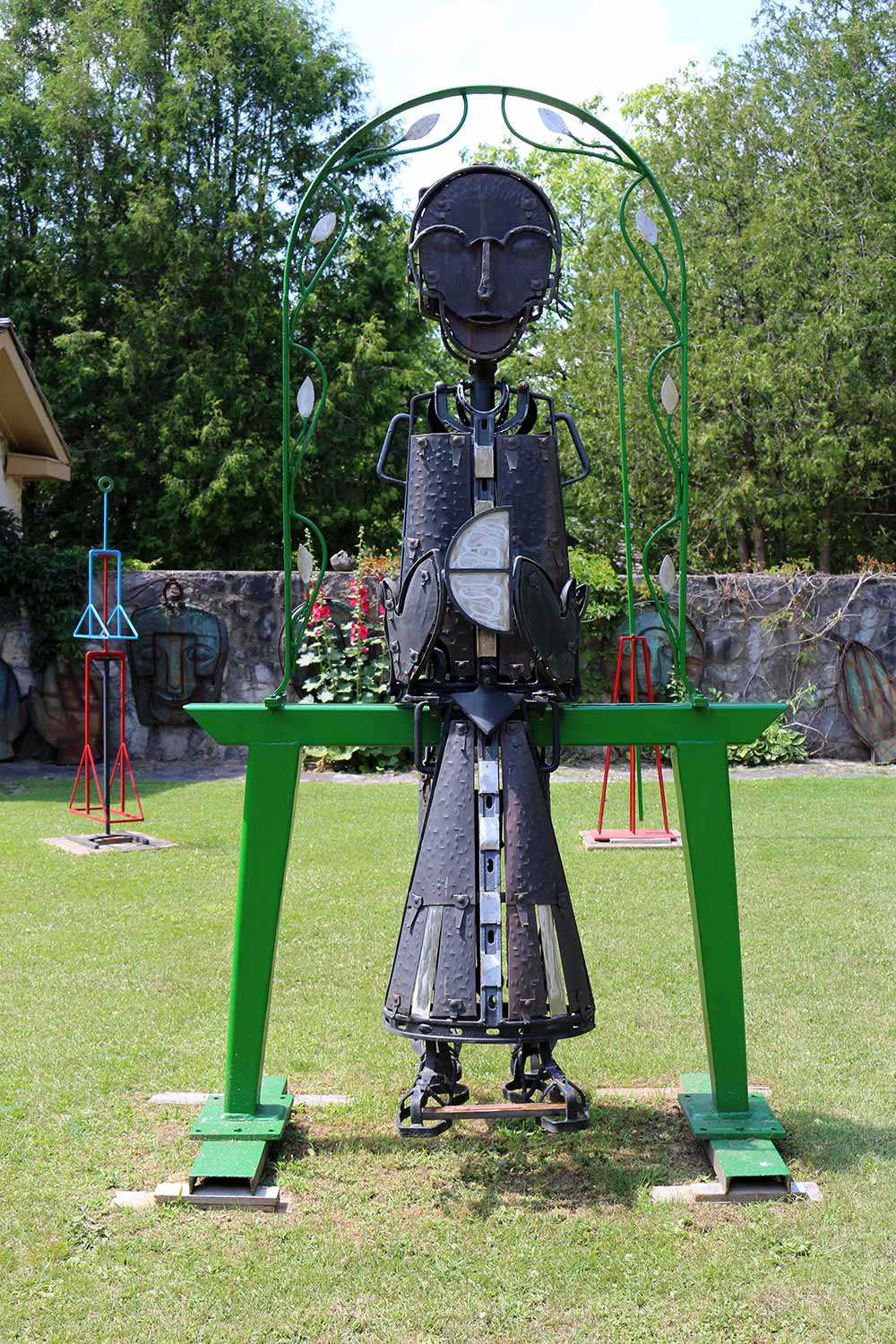
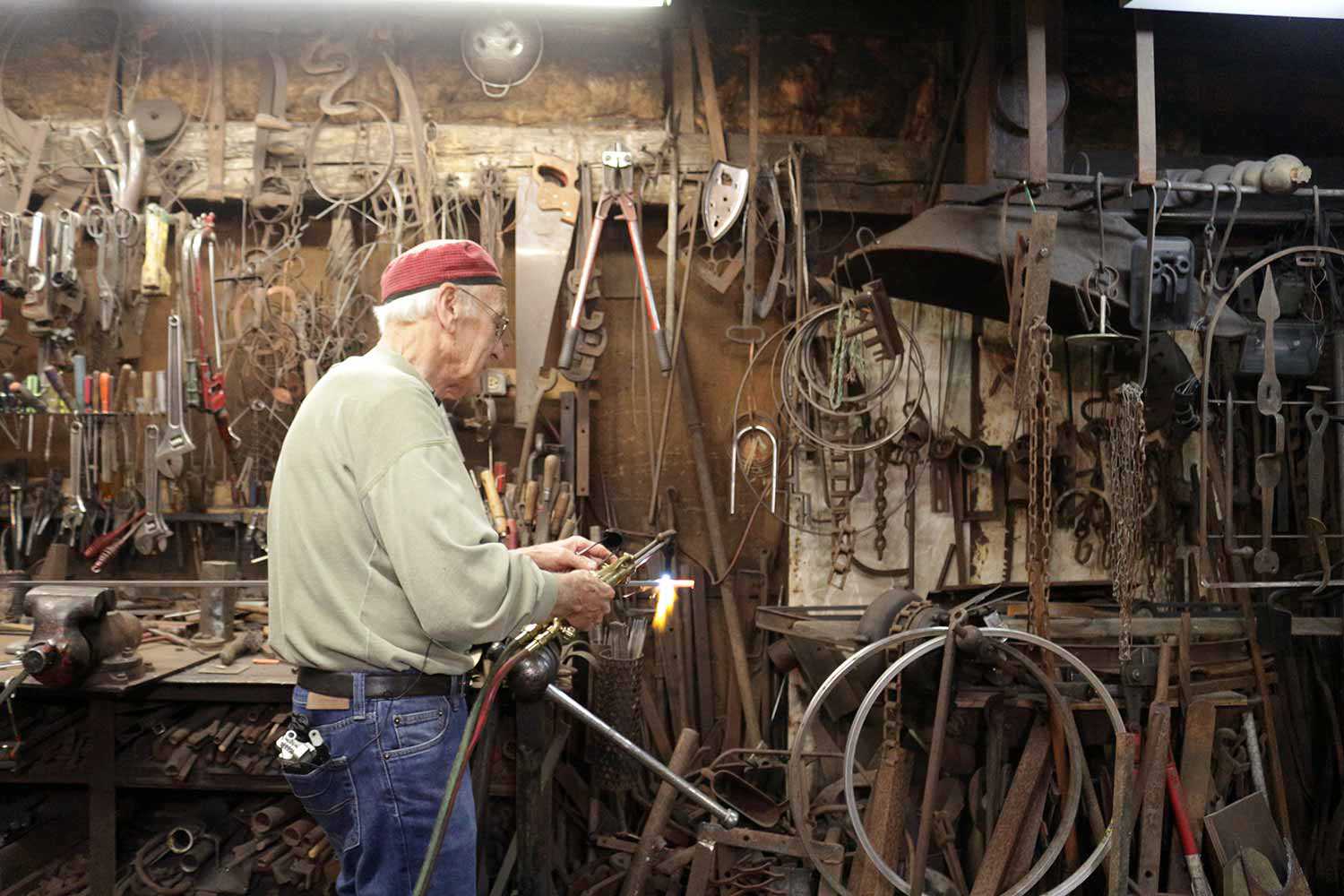
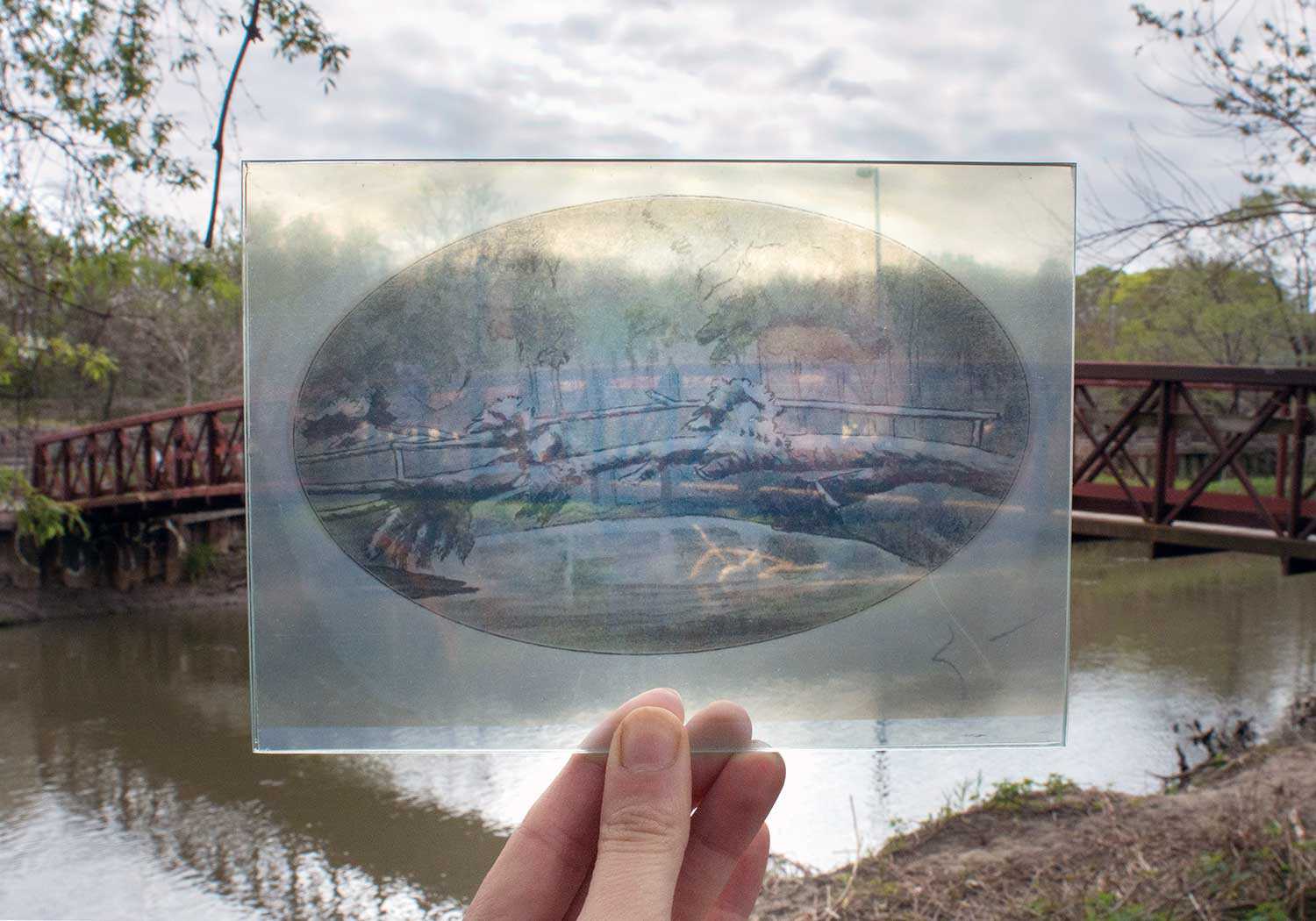
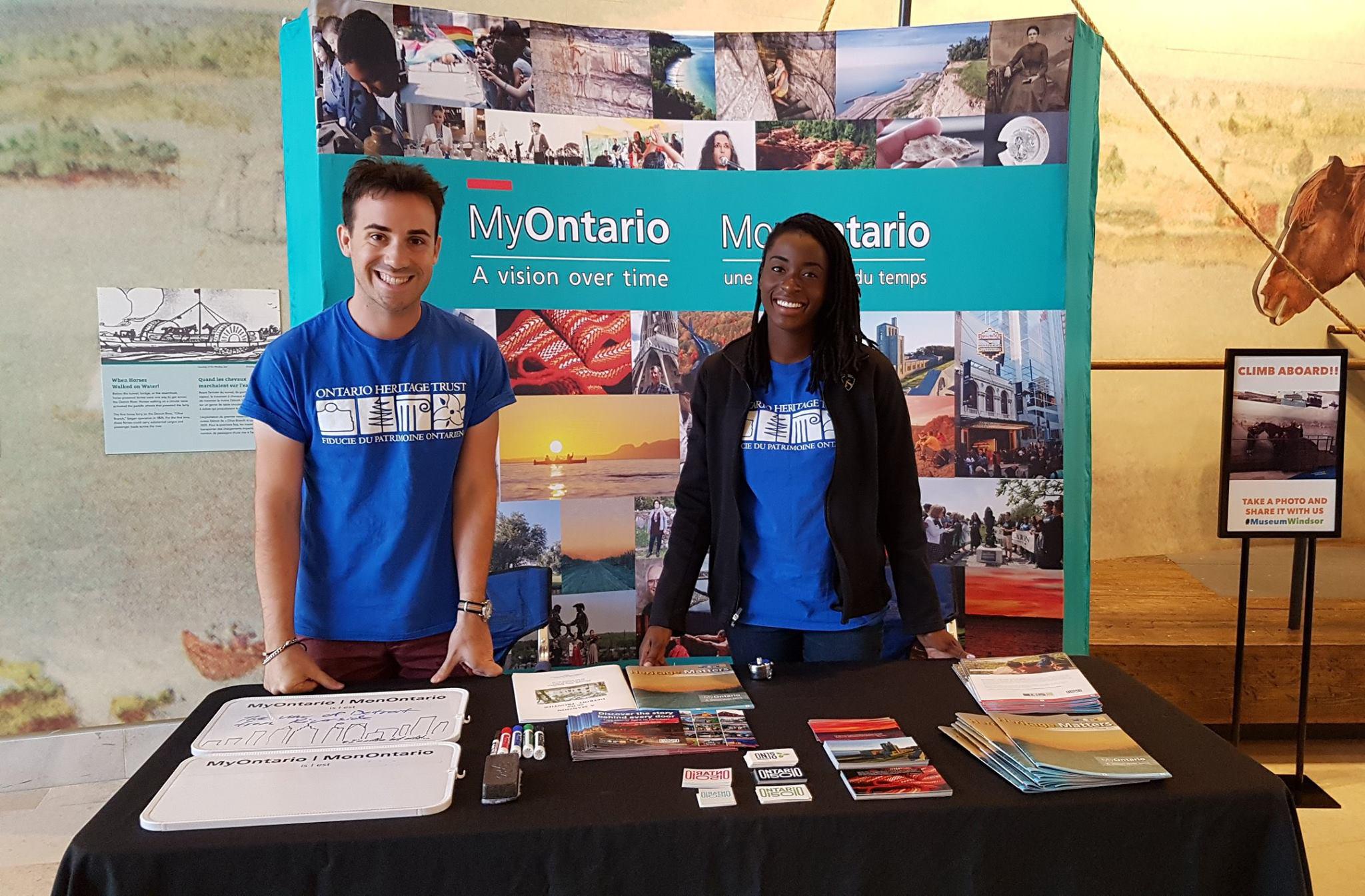
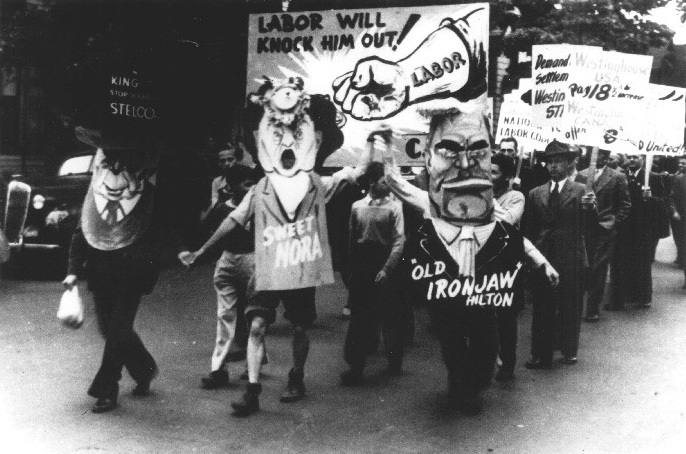
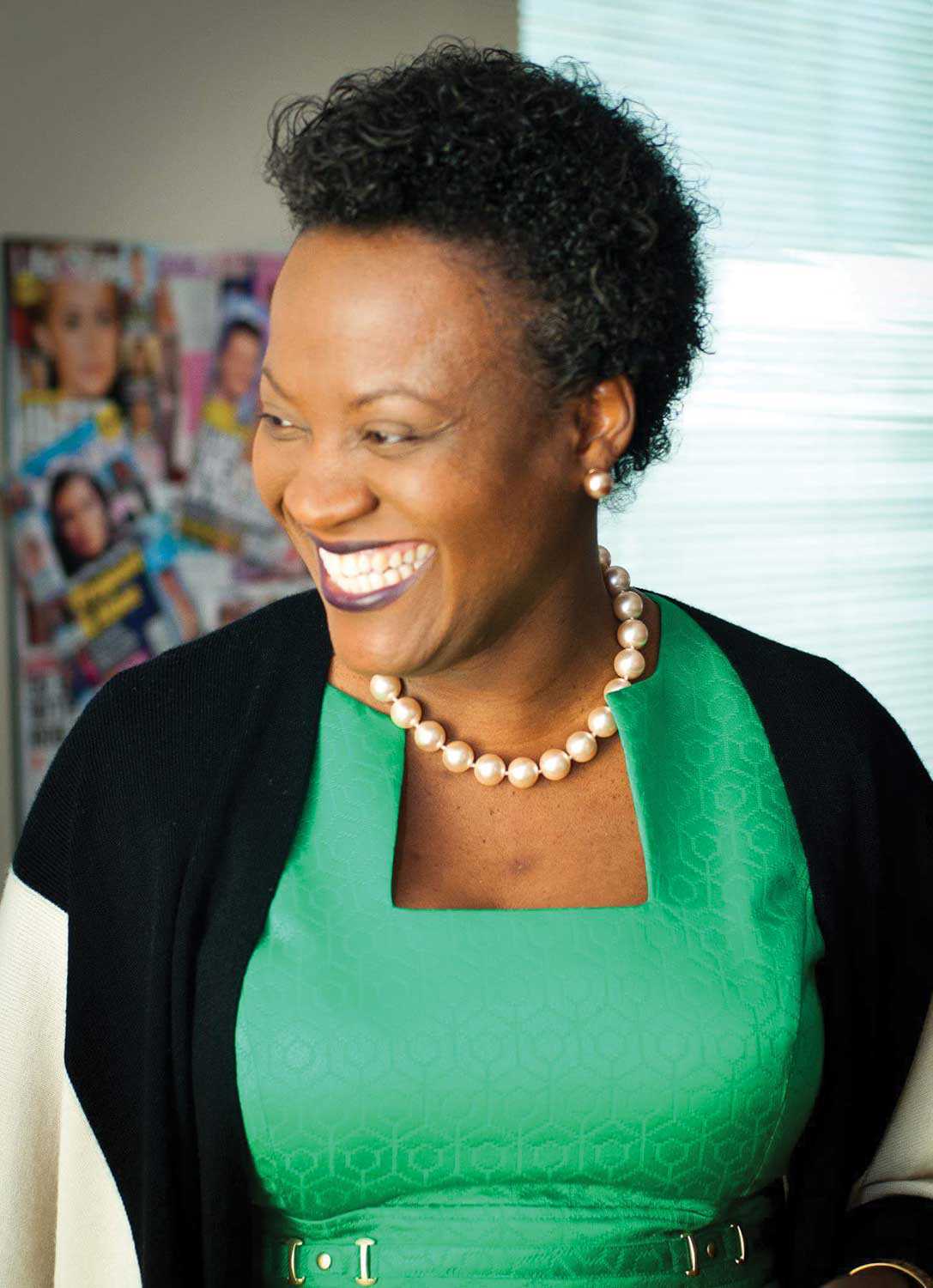
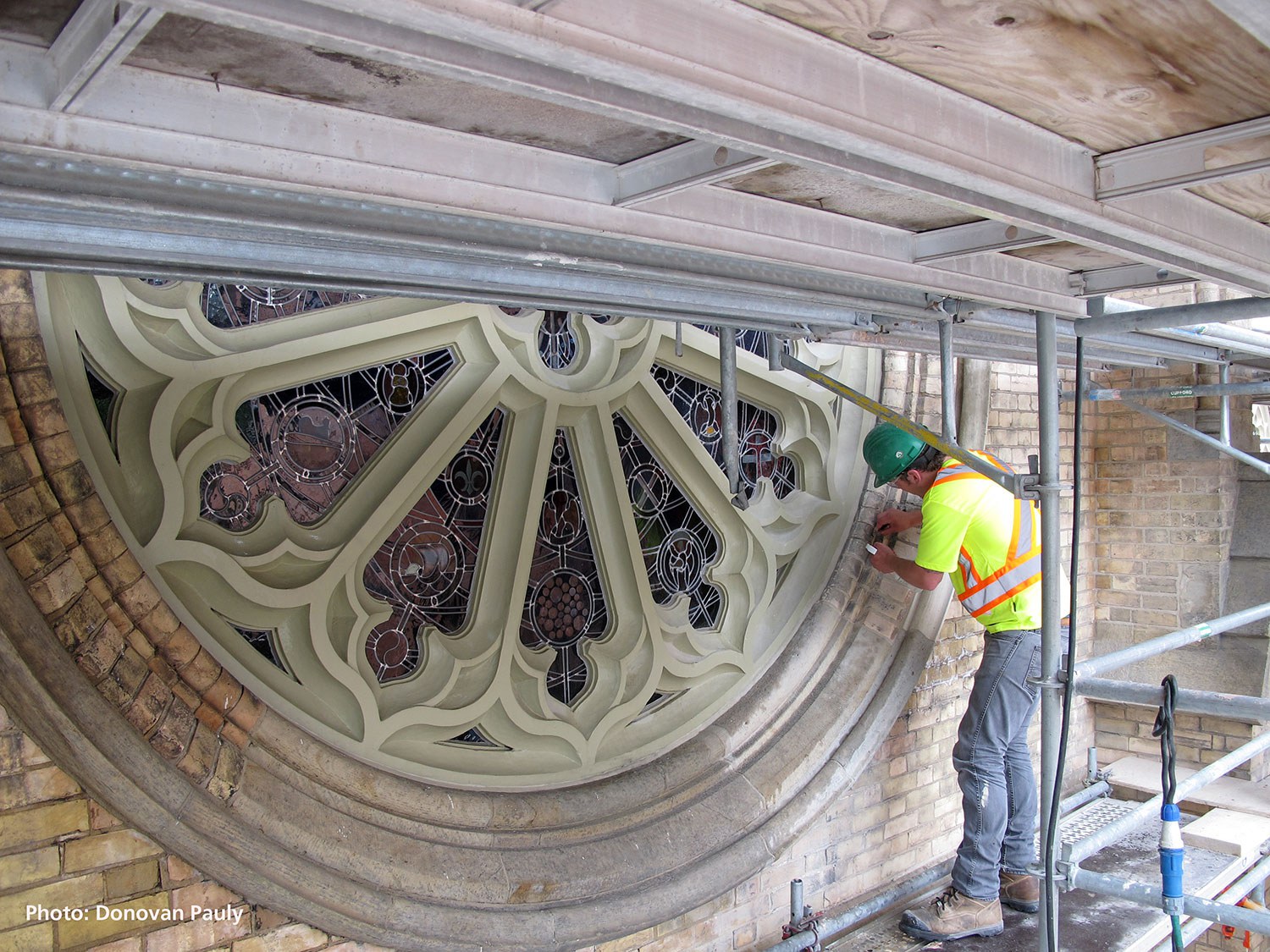
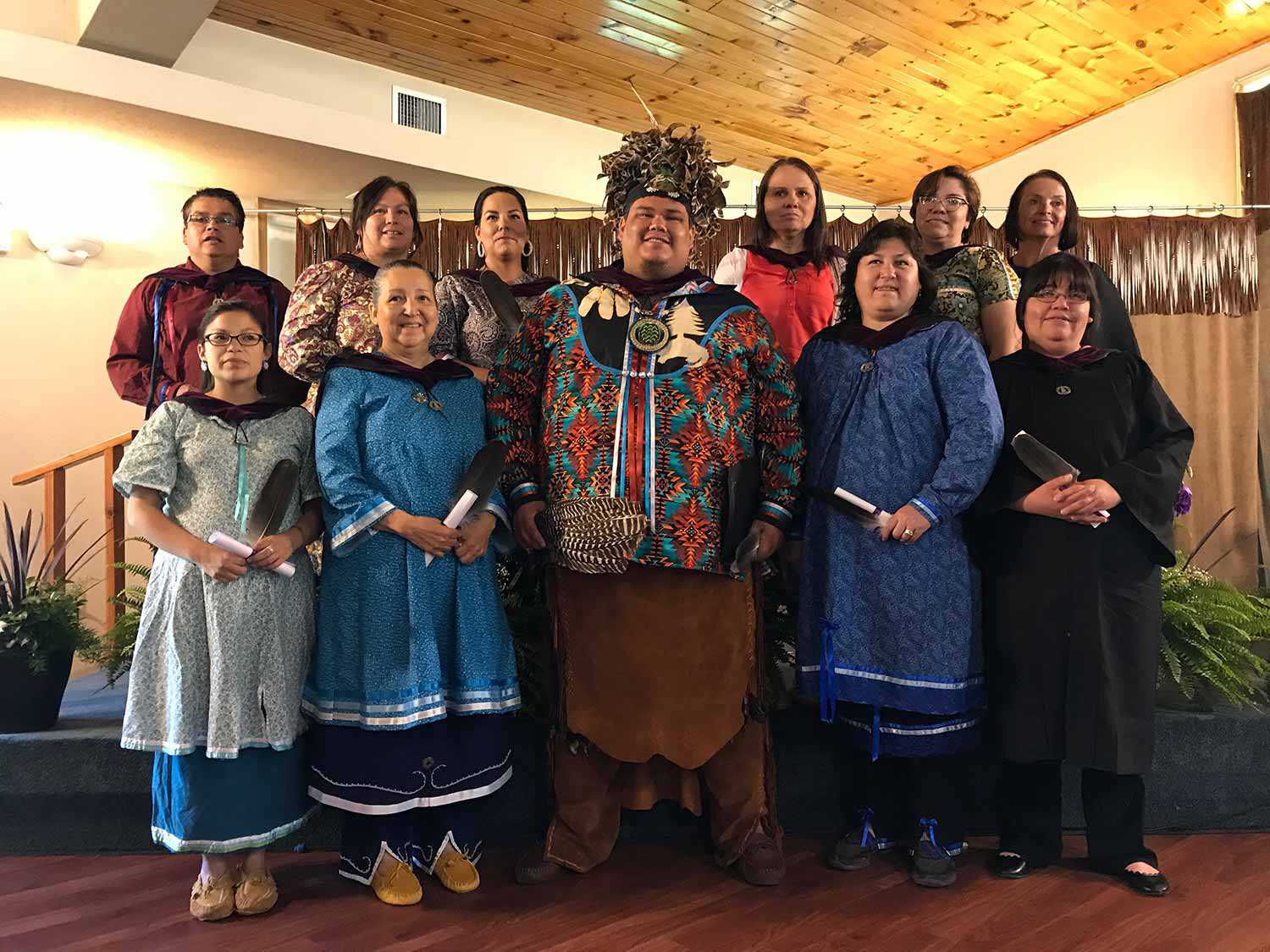
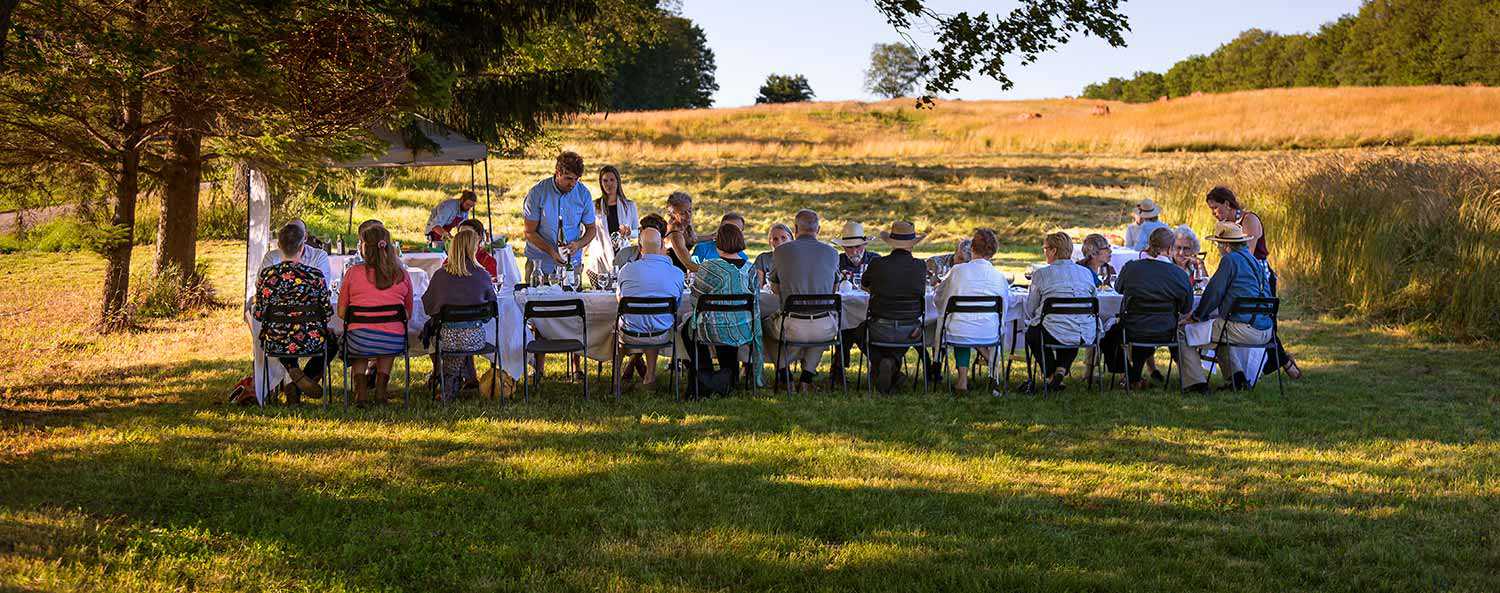
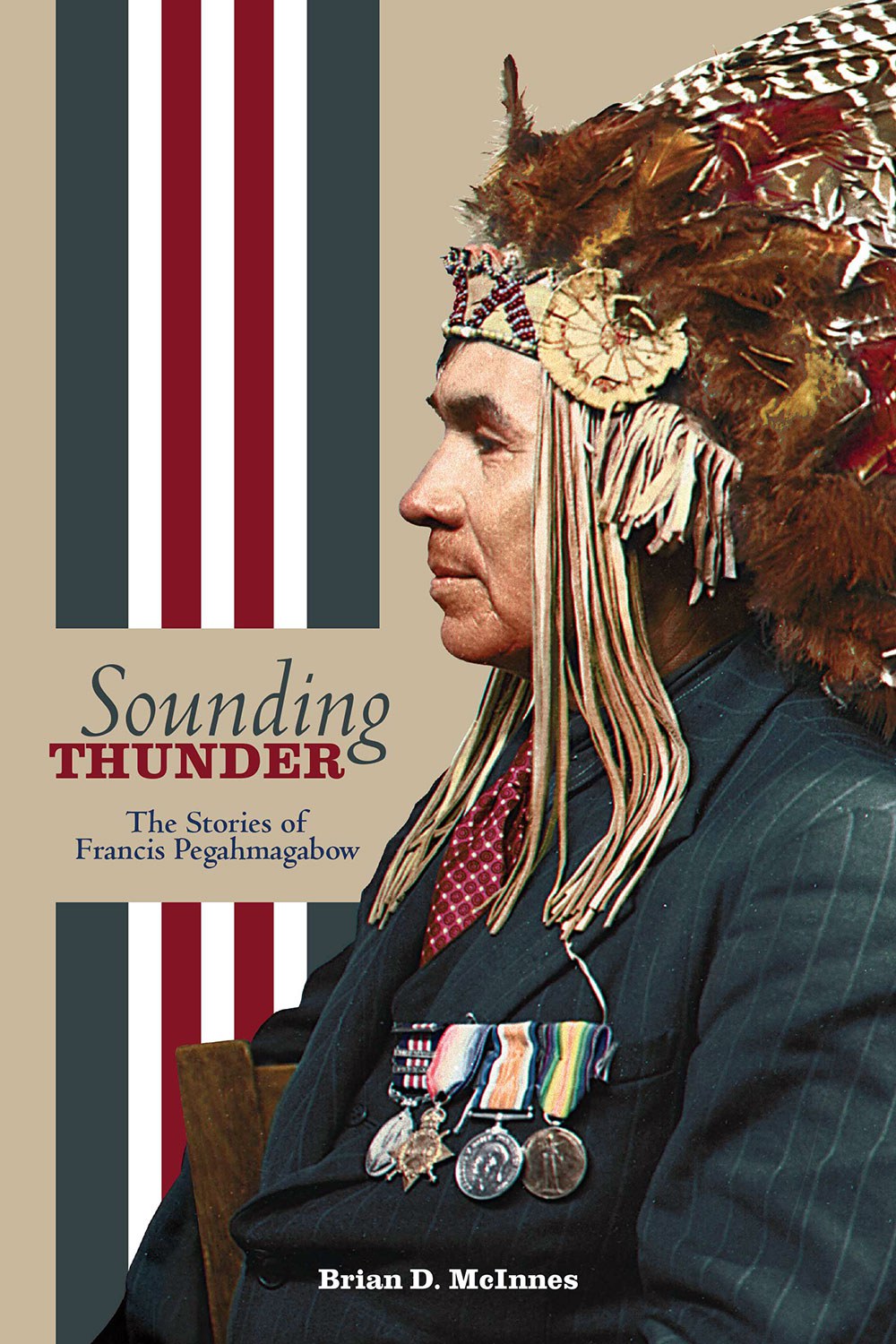
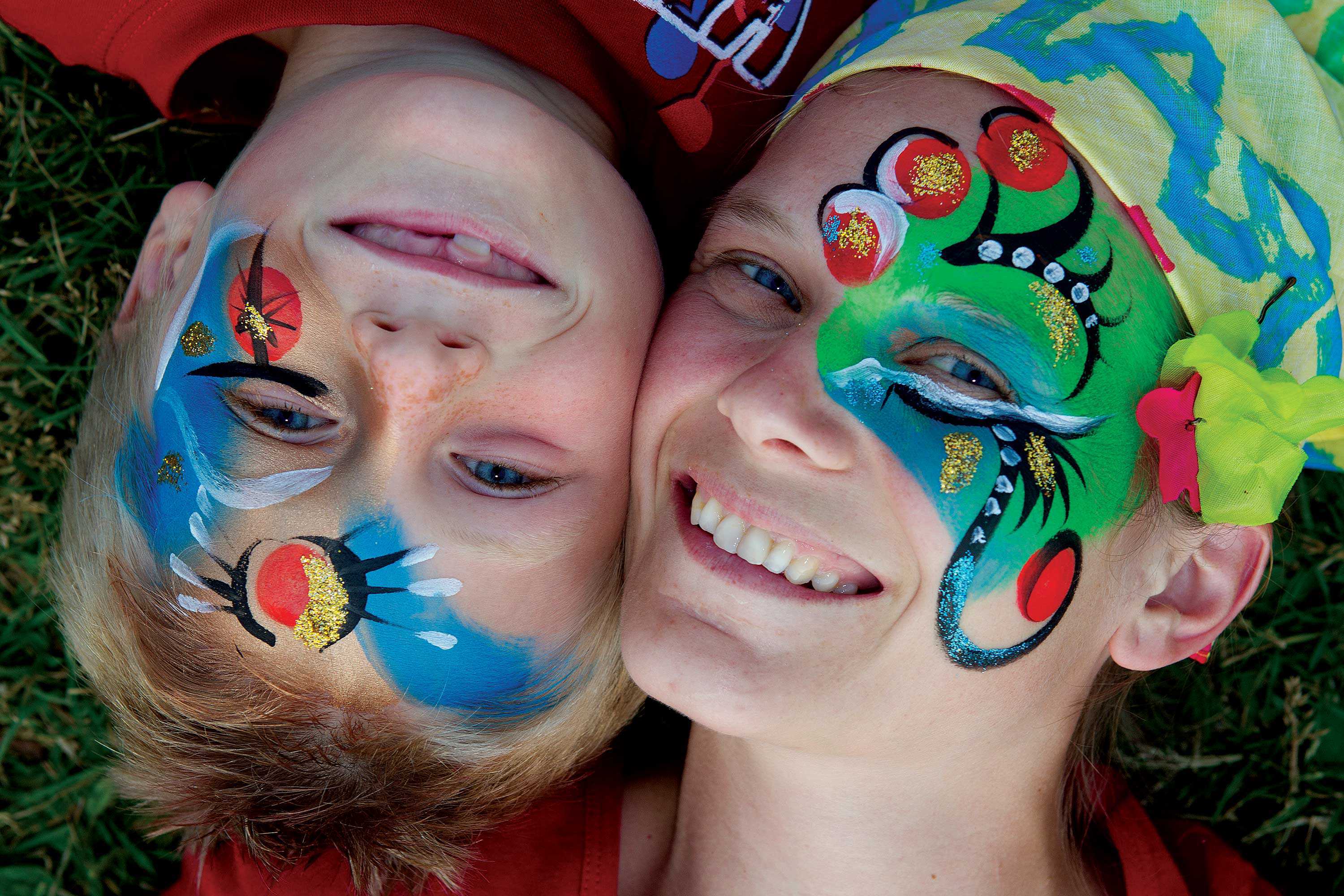
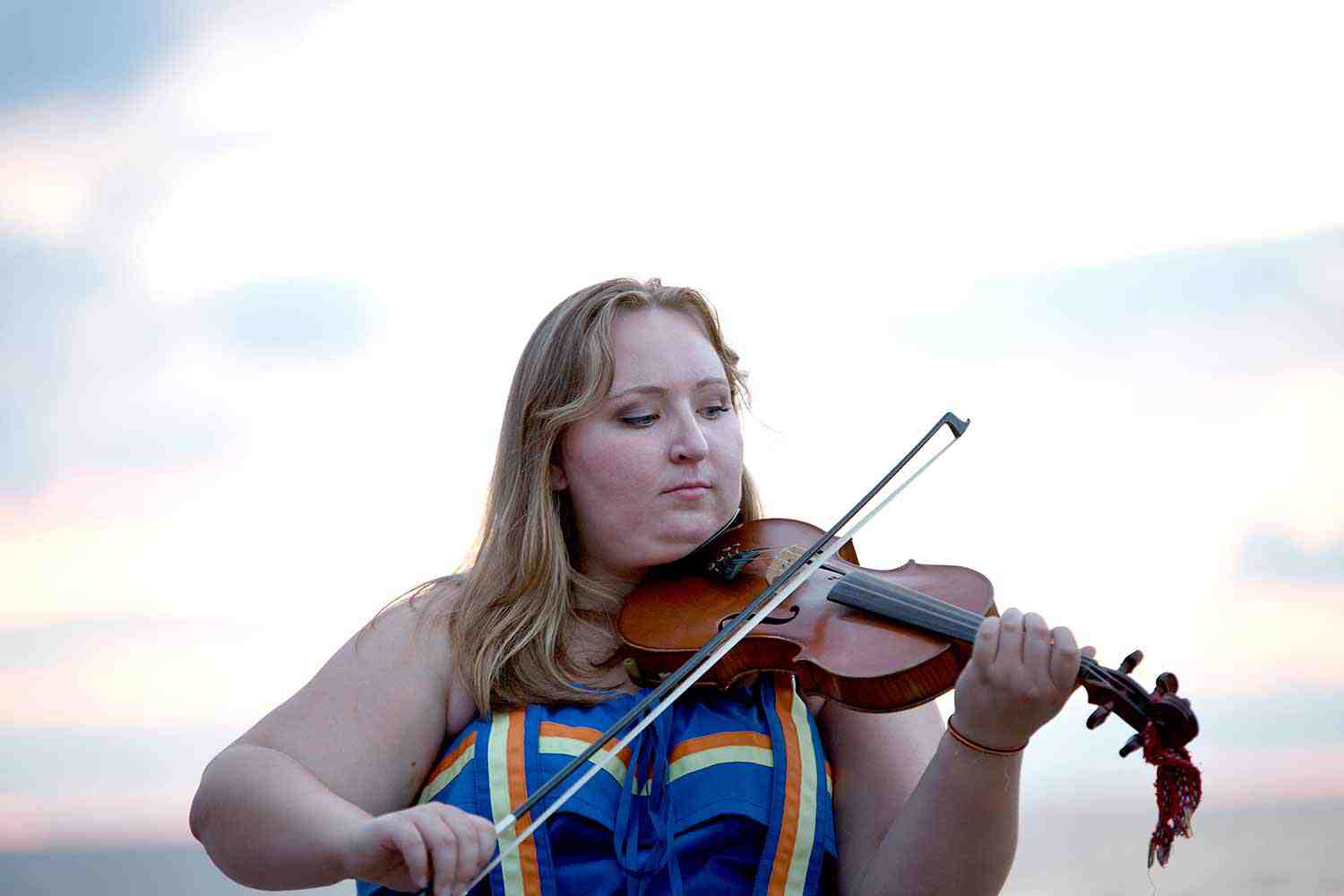
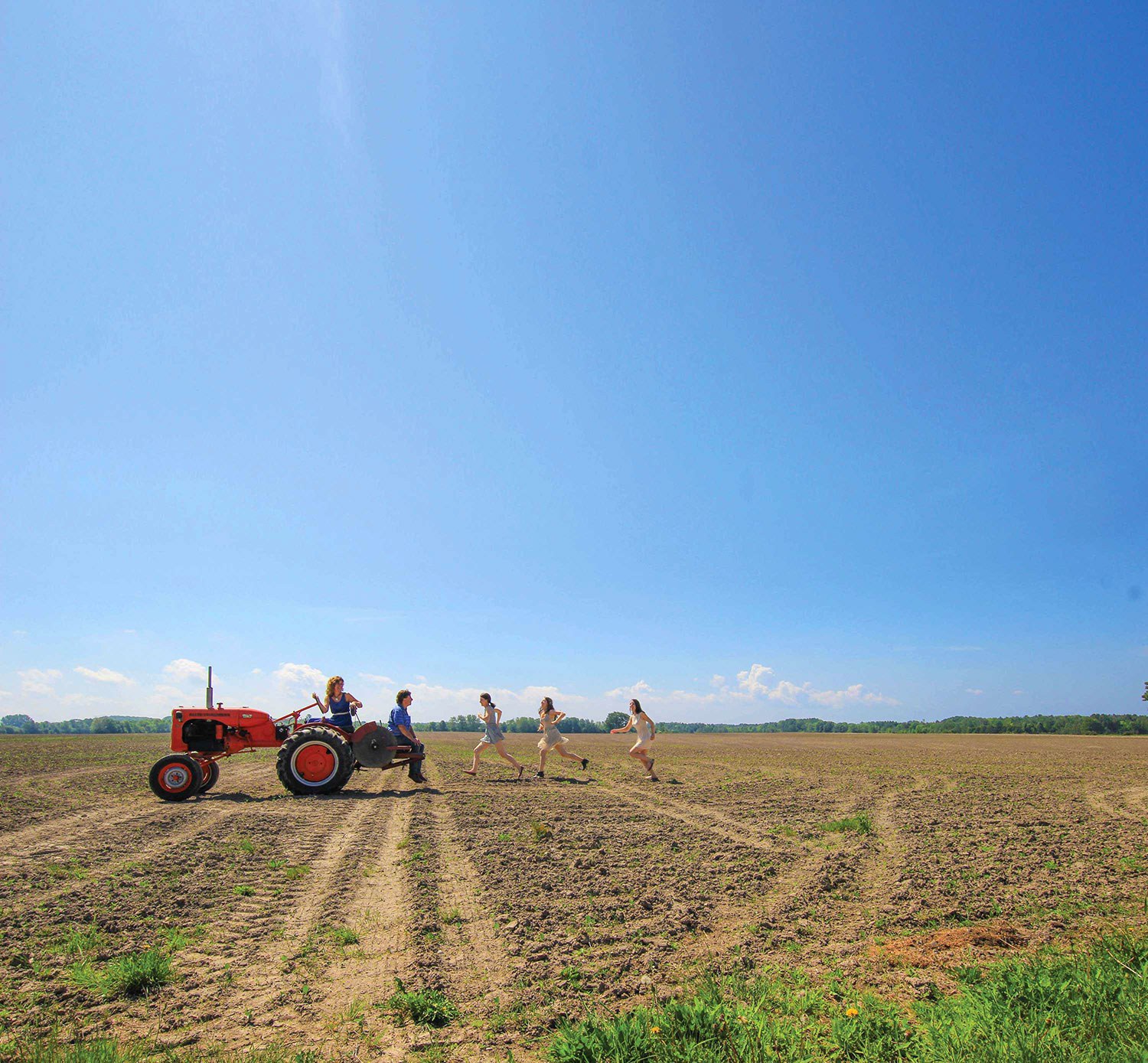
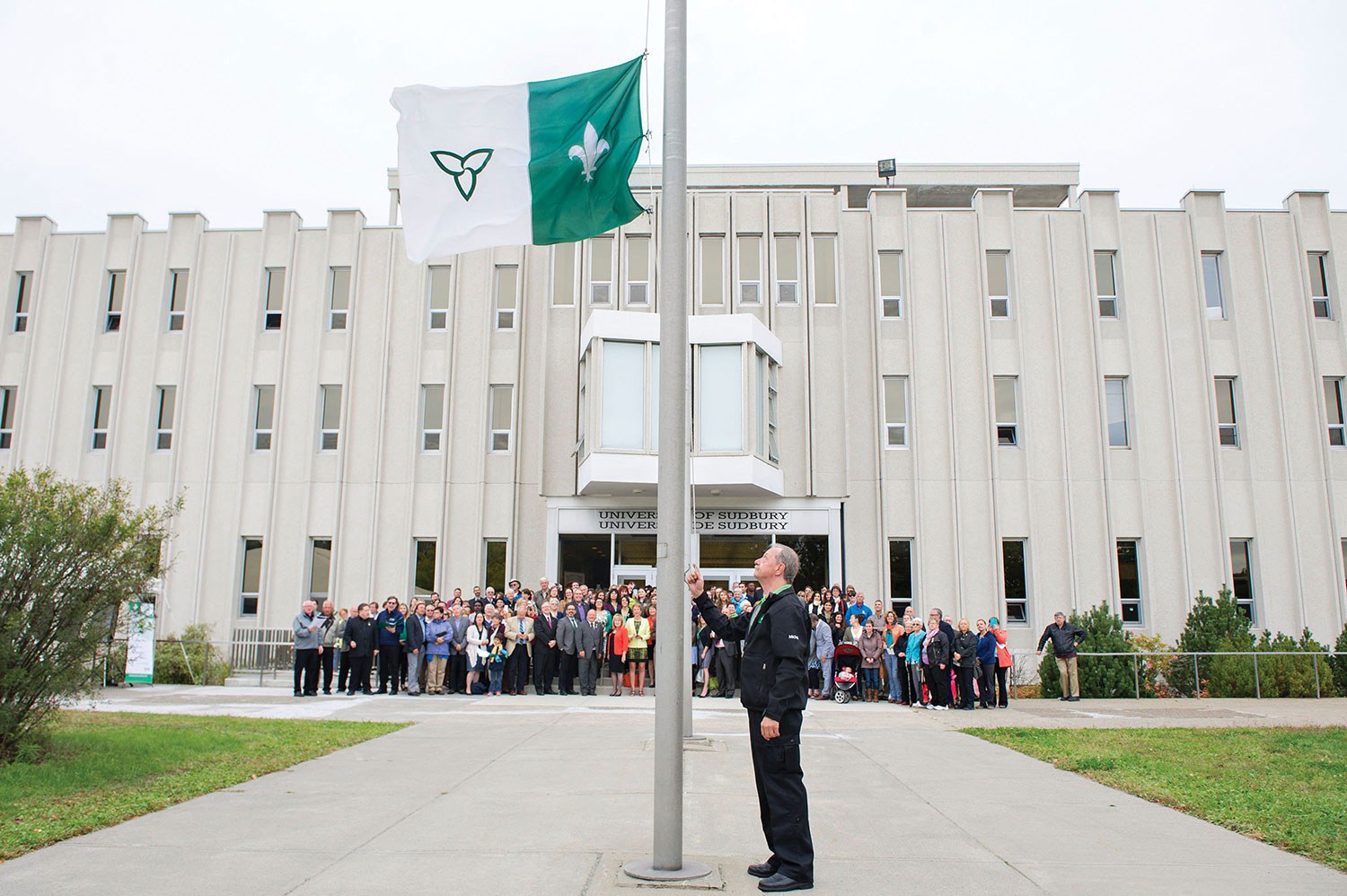
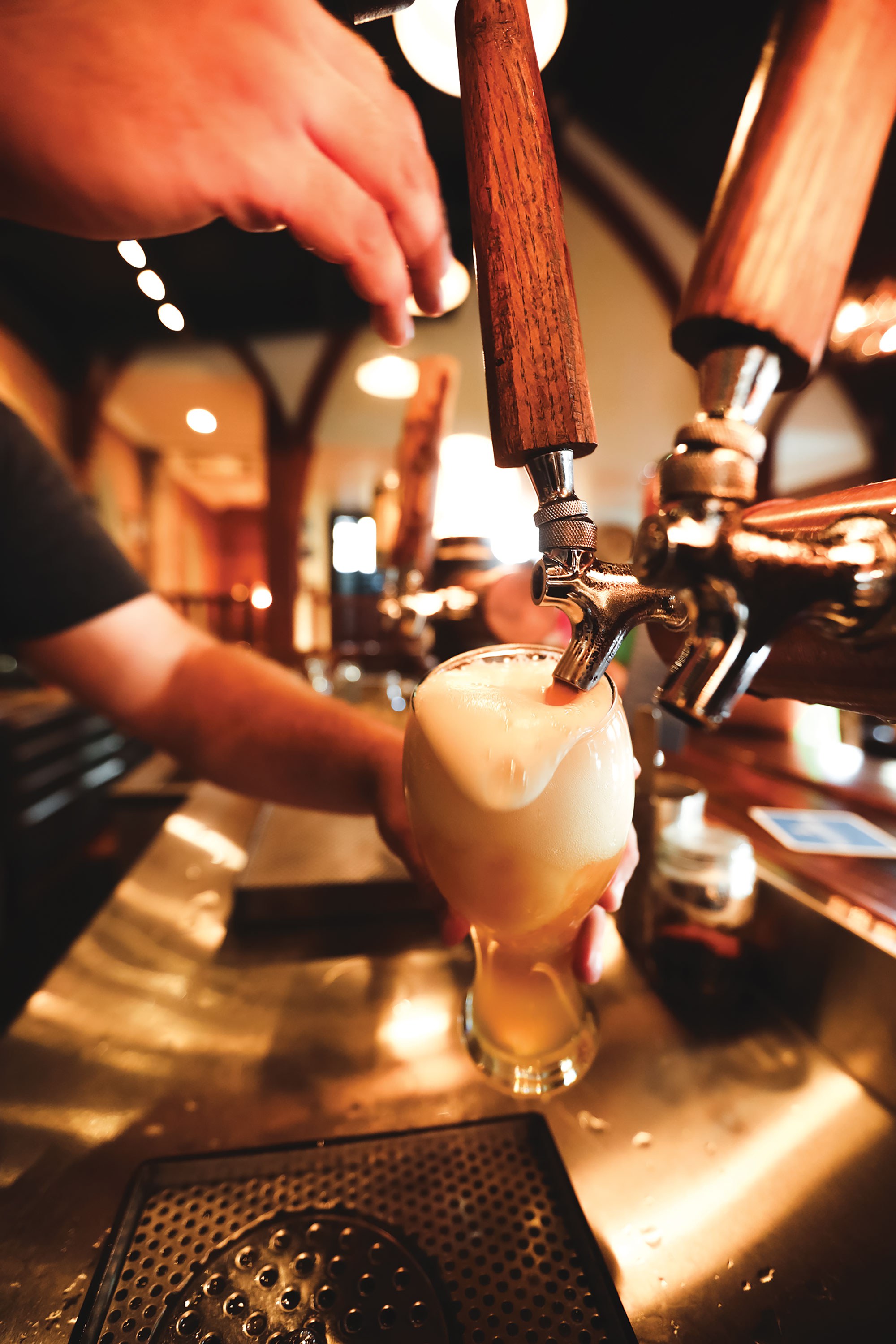
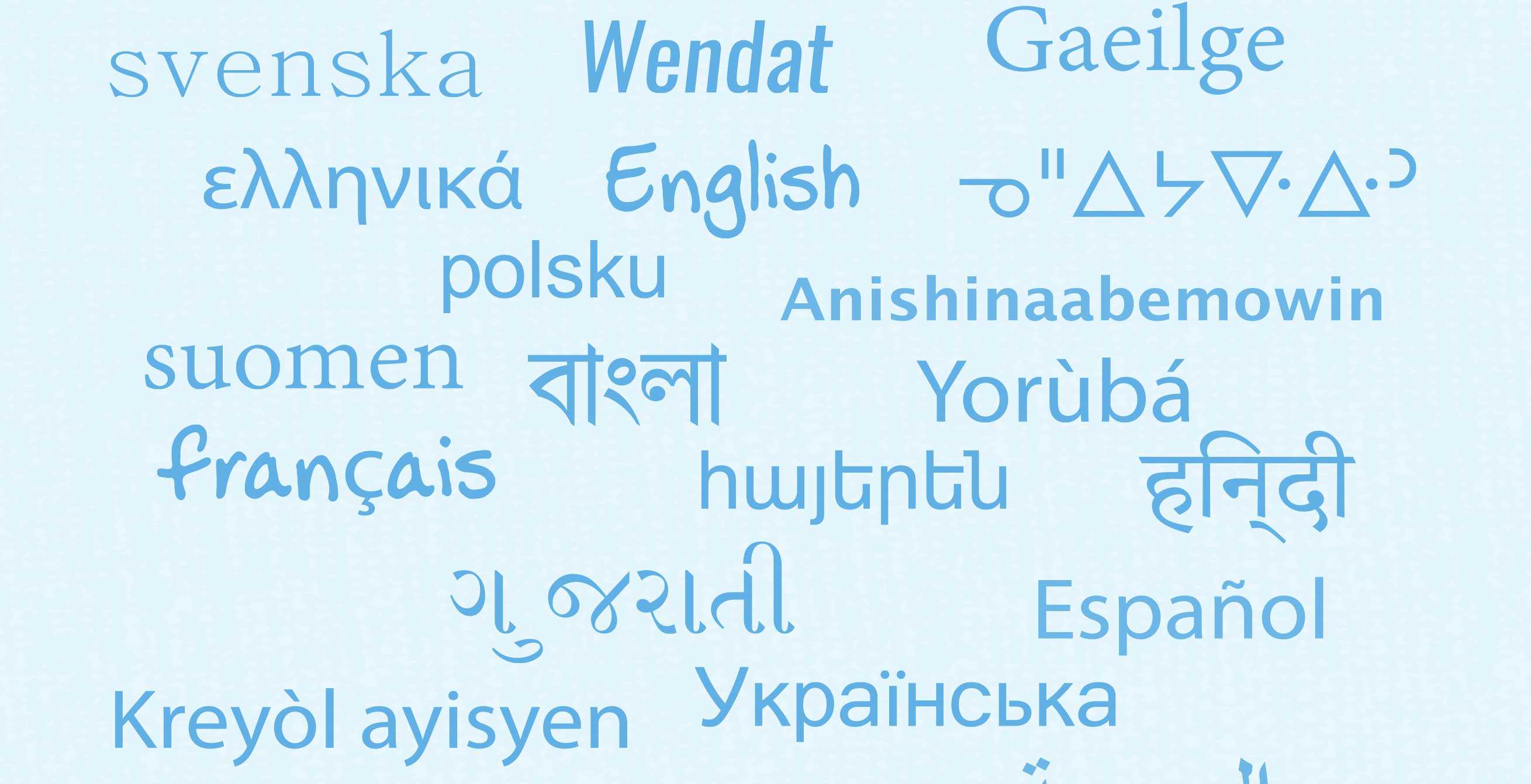
![Rose Lieberman, Rose [Hanford?] Green and Aaron and Sarah Ladovsky in front of United Bakers restaurant, Spadina Ave., Toronto, 1920. Ontario Jewish Archives, Blankenstein Family Heritage Centre, fonds 83, file 9, item 16.](https://www.heritage-matters.ca/uploads/Articles/SoupsOn_Archival_3505.jpg)
